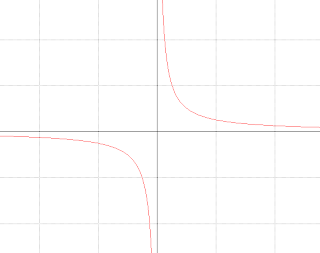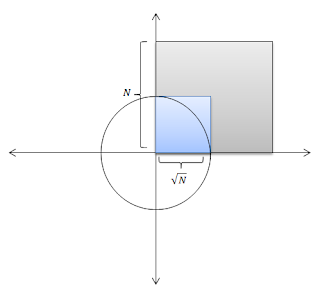The question goes something like: "You are to inflict mazimum damage to the zerg army. There are two types of units - Warrior and Sheild. Warriors do damage every second, while a sheild protects your entire army for one second. Your army is instantly overrun after the sheild generators expire. Given G cost to build a sheild, W cost to build a warrior and total money M, how many sheilds would you build?"
Let X and Y be the optimal number of generators and number of warriors to be built respectively. Lets take a simple example. Suppose sheilds and warriors both cost 1 unit and you have total money of 5 units. What is the optimum value of X and Y? It'd be optimum if you can inflict maximum damage. With 5 units of money, you can buy sheilds/warriors in the following combinations.
Assuming that a warrior does D damage per second, with 4 warriors and 1 shield, they do 4D damage. With 2 shields and 3 warriors they do 3 + 3 = 6D damage. So in general, with X generators and Y warriors, the damage inflicted is X * Y * D. Therefore our goal is to maximize the product X * Y.
The cost to buy X generators is X * G. Similarly, the cost to buy Y warriors is Y * W. Since we are limited by M amount of money, X and Y must satisfy X * G + Y * W <= M. This can be represented as a line and the inequality encapsulates a region, both of which are shown in fig 1.
 |
| Fig 1. Geometric representation |
For X + Y <= 5, the optimal points are (2,3) and (3,2). You can also try other examples, but you'll eventually notice that X*Y is maximum at the mid-point of the given line. G*X + W*Y <= M is just a general representation of the line. Putting Y=0, we get the intersection with X axis as M/G. Similarly, with X = 0 we get Y = M/W. The mid point is given by (M/2G, M/2W). Therefore optimal number of shields is given by M/2G. However, M/2G must be an integer. Taking floor(M/2G) should suffice as it always ensures that the given region falls within the shaded region.
However, I didn't upload this solution as i was confused with the incorrect test cases :(
Wasted my 2.5 hours.




